PHEVs and EVs aren’t good options as alternatives to gas-powered cars. There is a lot going against it that isn’t fully realized by the public yet. A must-read for everyone to know why!
Will you get a PHEV or EV if they are available? Before you do, here are some inputs why PHEVs and EVs aren’t suited to be driven in Metro Manila. They are the front of the green revolution that is reducing our need for fossil fuels.
Yes, we've been killing the environment unknowingly, we’re making amends by using electricity for cars now. A rat race to get a PHEV and EV into every household everywhere it can be sold.
1. It will add to the heavy traffic in the metro
If a plan to exempt PHEV and EV pulls through, then more people will opt for them. One thing to consider is that adding more of them will add more traffic to an already congested road system.
Maybe it’s better to opt for publics EVs instead because they carry more passengers. Plus, there is a question of how well they can cope with stop and go traffic here.
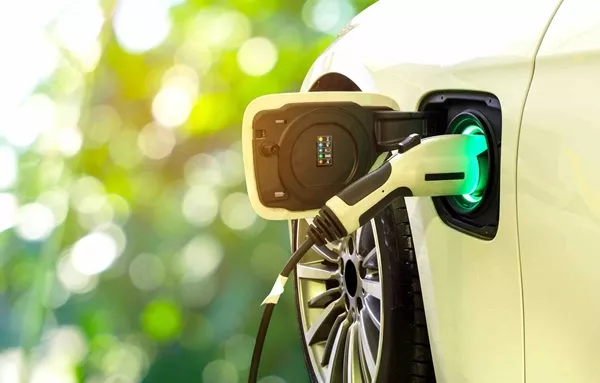
There is a question of how well EVs can cope with stop and go traffic here
2. Most PHEVs on petrol and EVs will stop often in Manila traffic when driving
Sorry, but PHEVs run on petrol when more or less power is available. When in traffic it will switch to petrol automatically when power is low. This means more gas is used in stop and go traffic. This limits the power collected from the regenerative system of the PHEV and EV.
It includes the power needed to run all car systems which in turn runs down during long stops. Traffic forces the gas component to run more than the electric motor. You don’t save gas but depend more on it to keep the PHEV going.
>>> Read more: EV Buyer's Guide: 7 common kinds of an EV charger.
3. EVs need to be constantly on the move to regenerate electricity
Both PHEV and EVs need to move for expended energy to be replaced. Stop and go traffic limits the energy collected from the dynamo and brake systems. It is crucial to keep the electric reserves of EVs at a minimum to keep running.
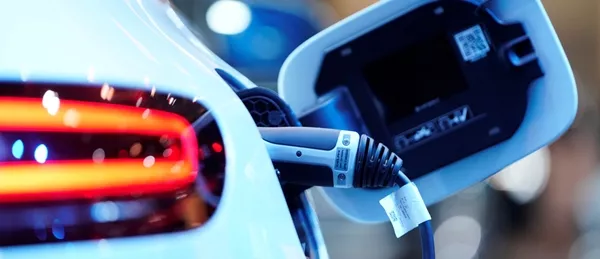
Both PHEV and EVs need to move for expended energy to be replaced
4. The lack of facilities to charge EVs and no real policy to improve infrastructure
One of the biggest concerns of owning a PHEV and EV is charging them. There are networks that allow free charging without limit, none here yet. Here that will be dodgy, and pricing may not be regulated for everyone’s benefit.
Chargers can be installed at home that involves an expense. Before going green, there are some requirements before doing so.
5. There’s a question whether it can survive in rainy seasons
Here’s another ticker that will get everyone scratching their heads! If gas and diesel engines barely survive floods, how will electrified cars fare any better? Could it be worse for PHEVs and EVs that have more complicated systems that are fully electrified?
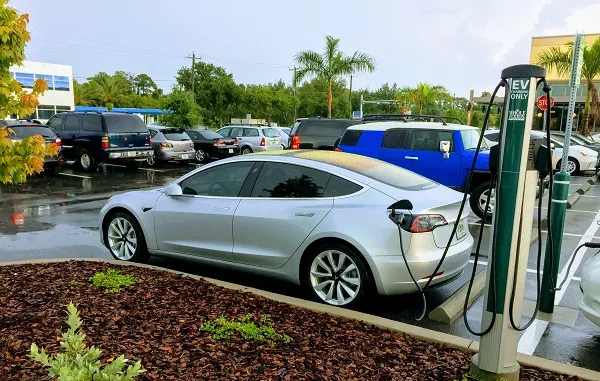
There’s a question whether it can survive in rainy seasons
6. Filipino drivers aren’t given the real picture of PHEVs and EVs
There always a drive to get less fuel cost by Filipino drivers that will make PHEVs and EVs attractive. Sorry to disappoint but here is the real deal about them which is often overlooked!
PHEVs still use petrol when it needs the power to go faster. It only uses less when the electric motors are fully charged. Traffic will run down electric power, and the gas engine will kick in affecting fuel mileage.
EVs are limited by the location of chargers and where they can get a top-up! To get enough recycled energy any EV should be moving more than stopping. Moving more and stopping less will have expended power to replace and preserve the maximum range. Traffic kills the maximum amount of power that can be collected by the electric motors.
This technology is misunderstood, and Filipino drivers need to be educated before going on this option. You’ll still spend for gas and for a top-up or get a dead EV that will be towed.
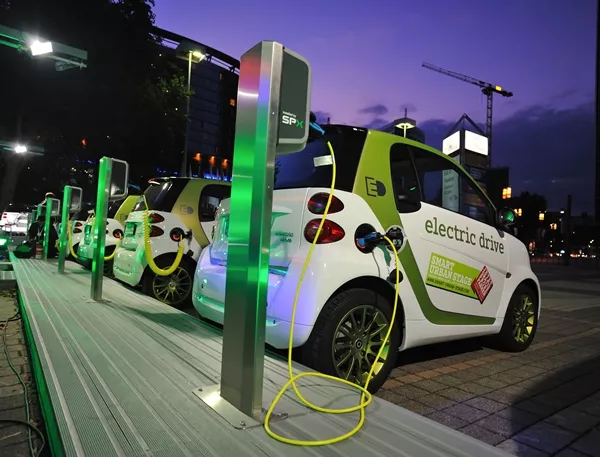
You’ll still spend for gas and for a top-up or get a dead EV that will be towed
>>> Also check: Should you buy an Electric Vehicle (EV): Why or Why not?
7. It takes more voltage to recharge a failing battery
Jumper cables won’t work here and get a full top-up is seriously in question when out of bounds. EV car batteries are expensive and getting a full charge when dead, it will be a problem.
Any apparatus to recharge the battery should be connected to a network for a full charge. Getting a replacement EV battery means a tow to the dealership too.
8. It needs much more extra expenses
Thinking of acquiring a PHEV or EV car? Prepare to spend a premium because they won’t come cheap. Layout a set amount to have it charged more than once in Manila’s bad traffic. Lastly, the dealerships won’t be shy about charging you more for spare parts and maintenance.
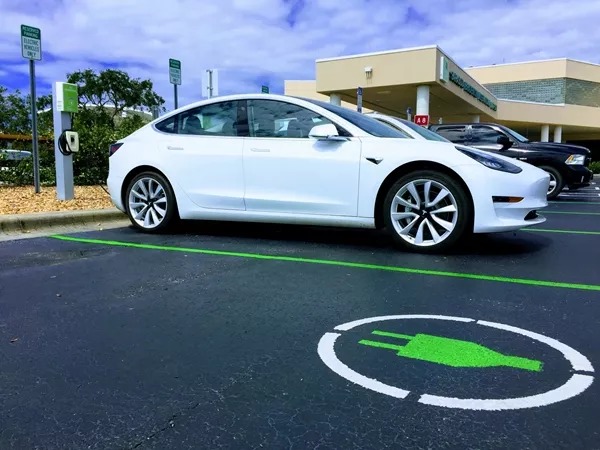
Thinking of acquiring a PHEV or EV car? Prepare to spend a premium because they won’t come cheap
Car companies like Nissan and Toyota are promoting EVs as better options to gas-powered cars, but there’s something amiss. That is why PHEVs and EVs aren’t suited to be driven in Metro Manila until all the negatives are taken away.
Unfortunately, the public is buying into this that EV and PHEV cars are cool, though there is a lot more to know about owning one! Opting for PHEVs and EVs running on electricity and saving gas is the draw.
Philkotse.com seeks to provide and educate the public with more relevant PHEV or EV articles to know more and decide better!
Recent posts
- Ford and Volkswagen work together in building EVs and many other vehicles Oct 05, 2020
- Top 9 most successful electric vehicles brands in 2019 Jun 28, 2019
- 7 reasons why Geely Geometry EV is worth your budget May 25, 2019
- Pros & Cons of Buying Used Electric Vehicles Nov 30, 2022
- Hybrid cars in the Philippines: Pros & Cons and Differences from Electric cars Aug 16, 2023












